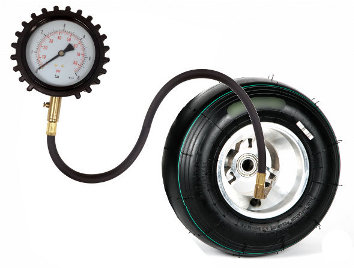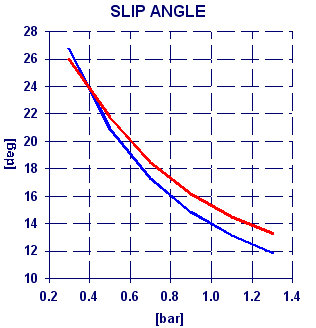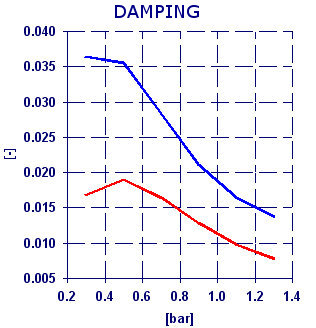|
||||||||||||||||||||||||||||||||
|
||||||||||||||||||||||||||||||||
| USEFUL LINK | ||||||||||||||||||||||||||||||||
|
||||||||||||||||||||||||||||||||
| This article is owned by NT-Project of Tabacchi Omar therefore the copy or the publication in whole or in part without authorization violates the copyright laws and will therefore be prosecuted. If you were interested in publication you can write to info@ntproject.com | ||||||||||||||||||||||||||||||||
 |
||||||||||||||||||||||||||||||||




